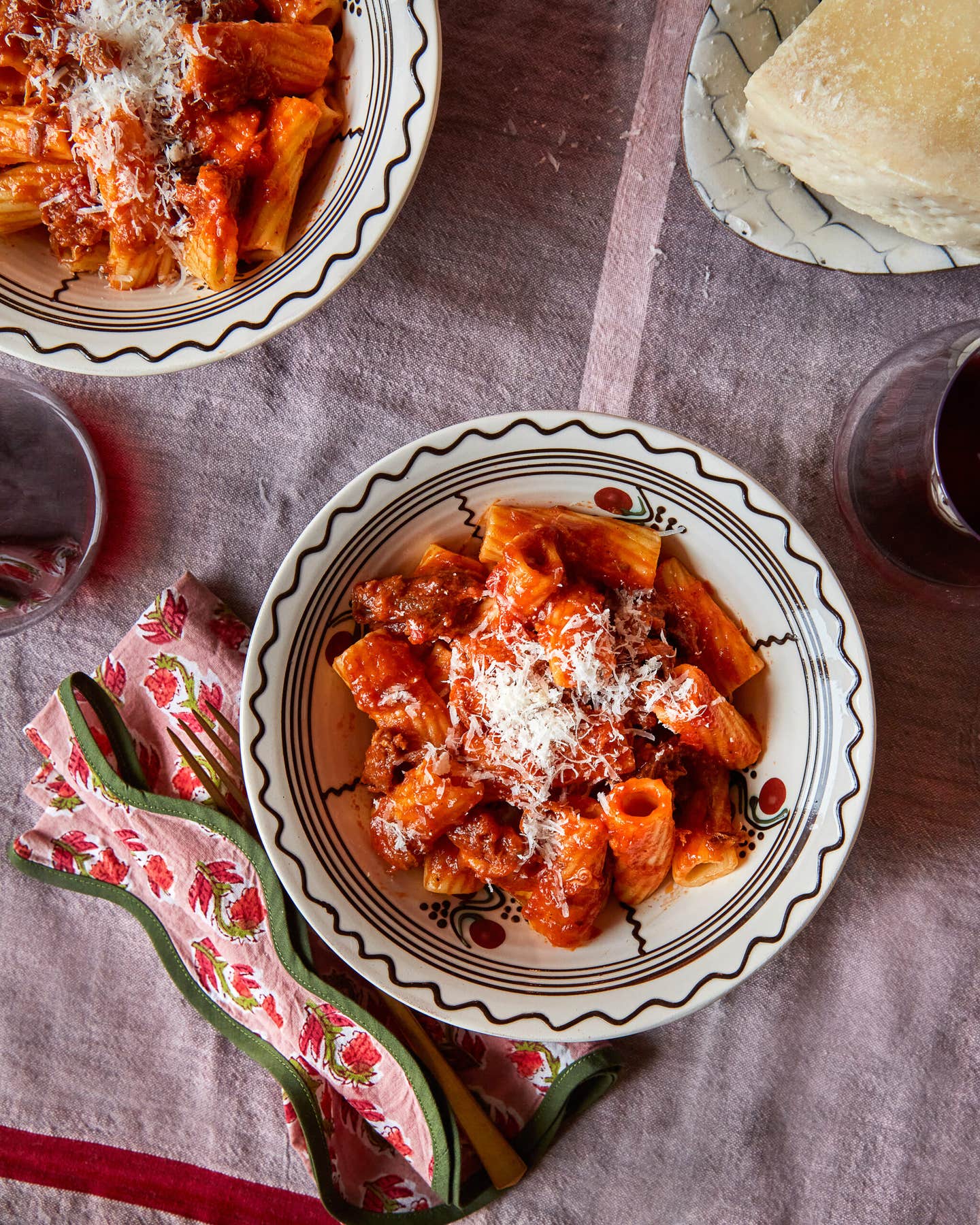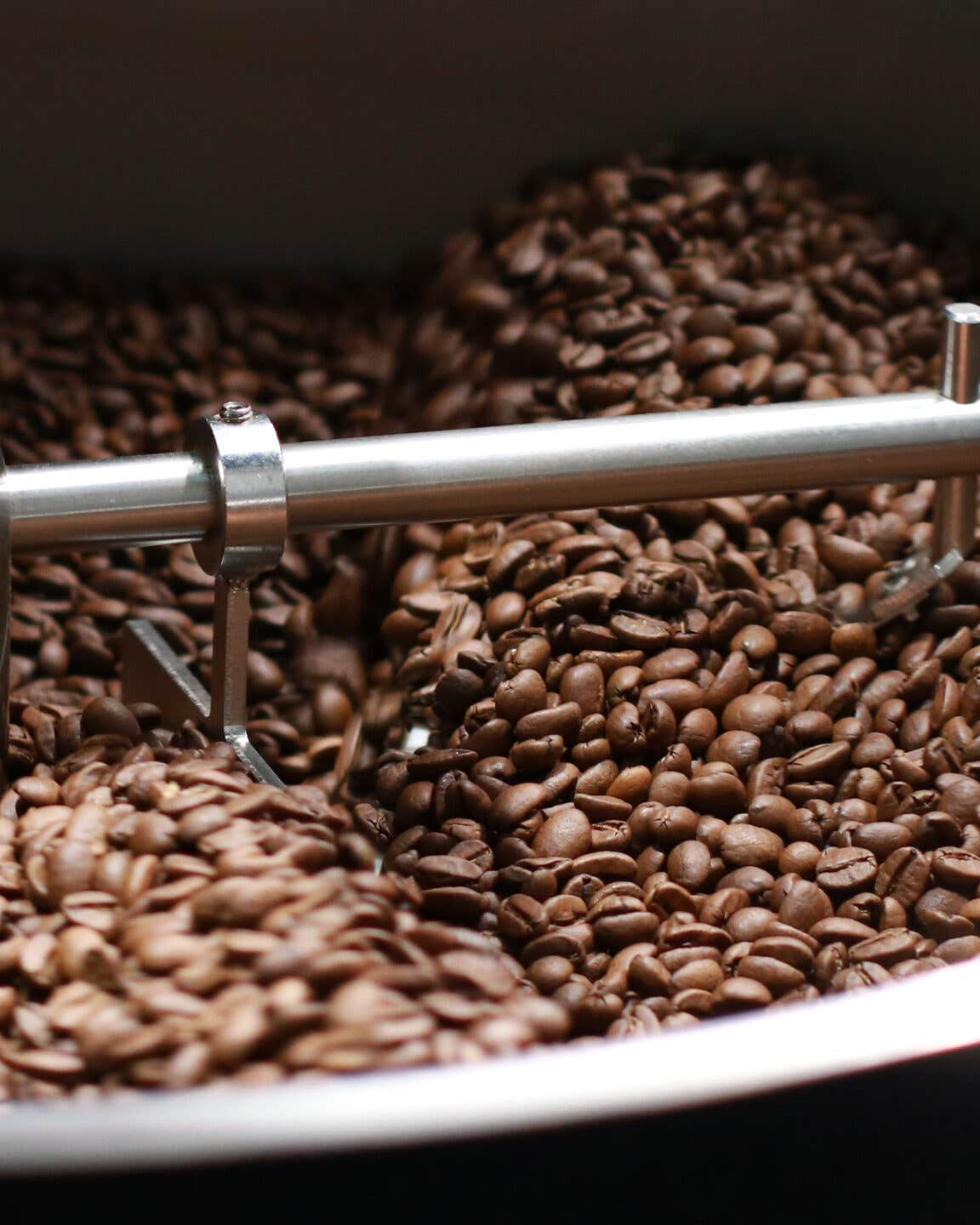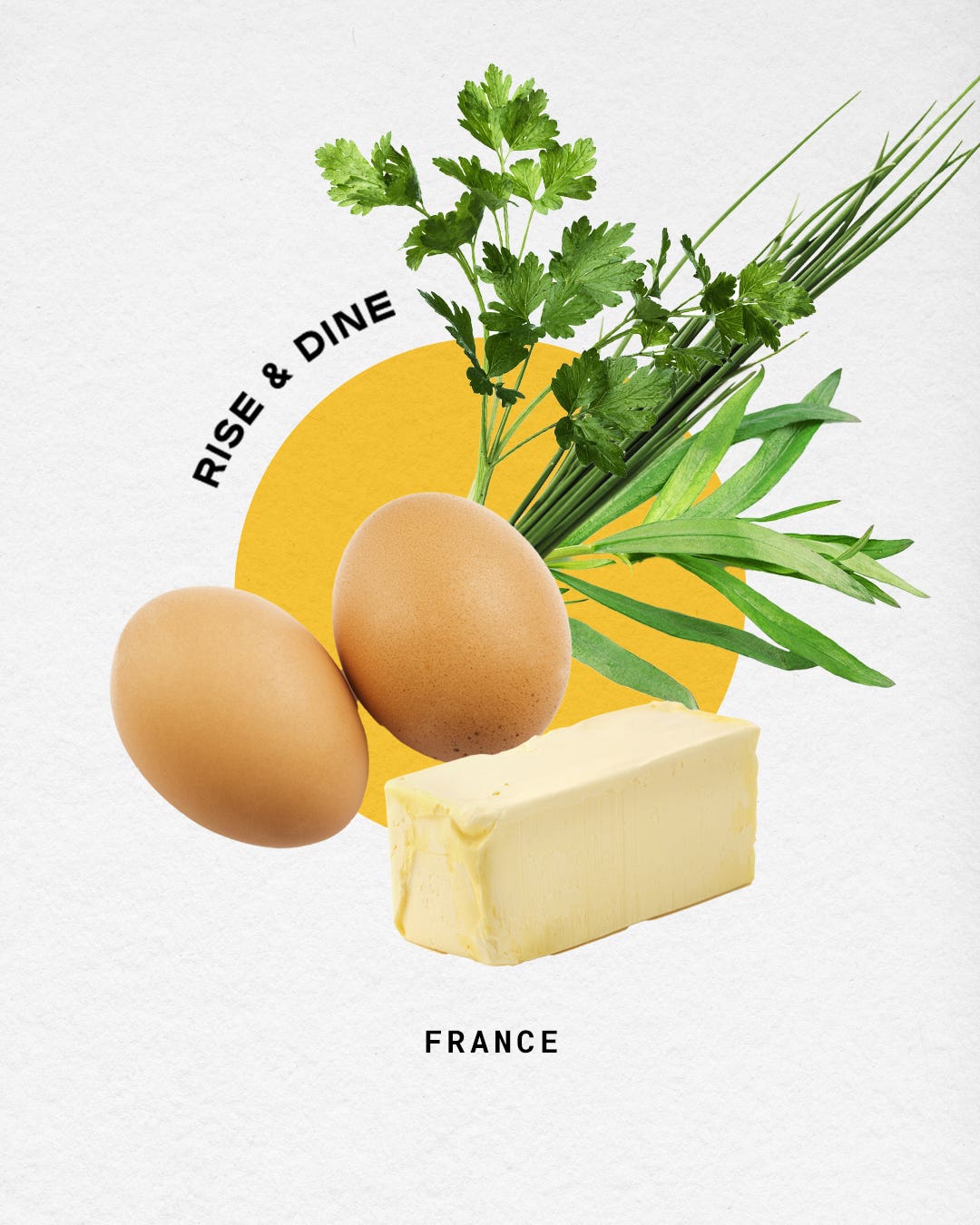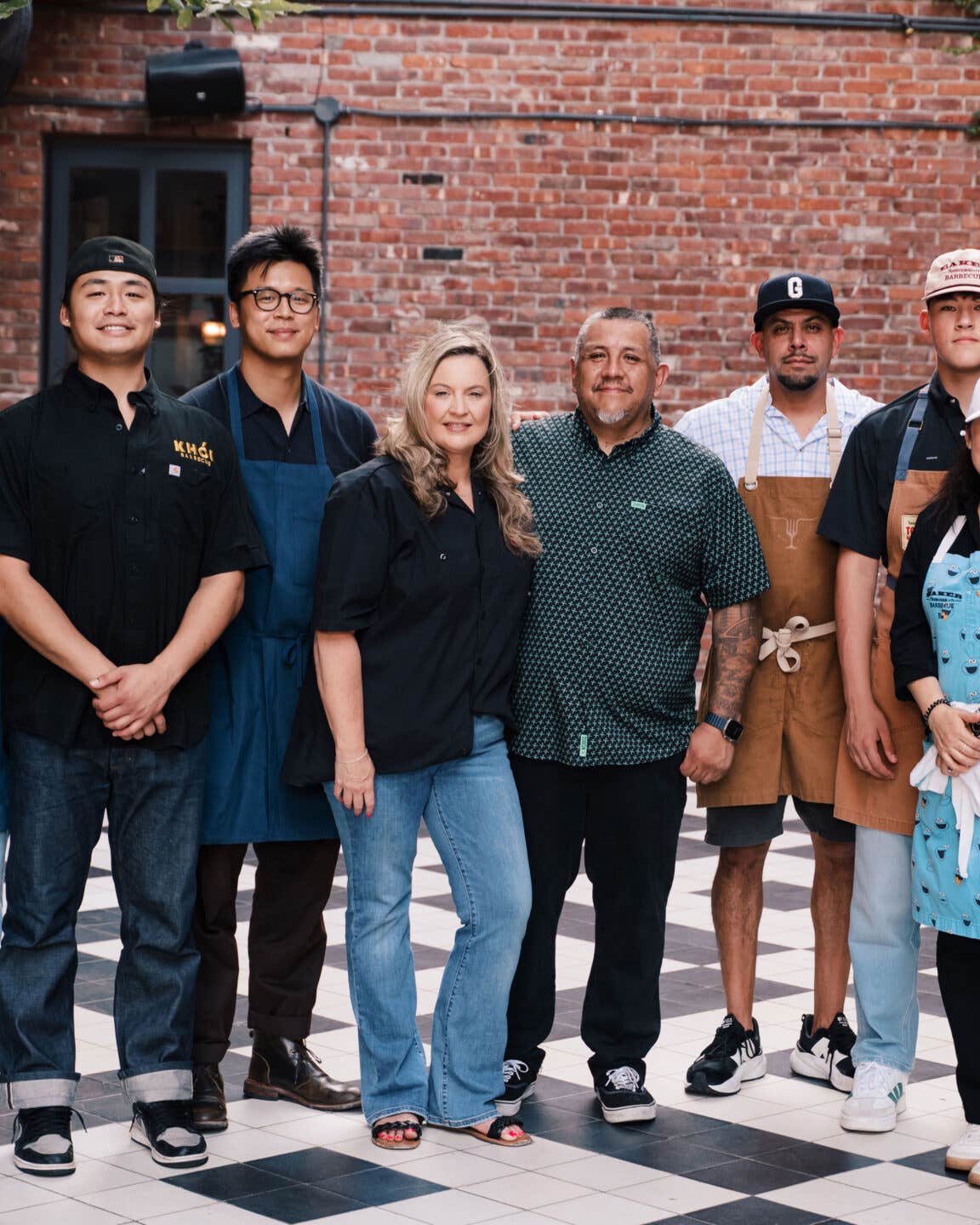The Only Good Thing About My Ex Was His Mom’s Amazing Ragù Recipe
Teresa’s rigatoni al sugo di coda is still my favorite version of the classic Roman dish.

Welcome to Parla’s Pastas, a column by the Rome-based, New York Times best-selling cookbook author Katie Parla, whose latest title is Food of the Italian Islands. Get ready for a carb-driven journey through the trattorias of Rome, the rural reaches of Campania, the kitchens of Sicily (her ancestral homeland), and beyond. Fire up a pot of water, and andiamo!
For Romans, rigatoni al sugo di coda—pasta dressed with oxtail sauce—enjoys pride of place alongside the city’s better-known dishes like carbonara and cacio e pepe. And not just because it’s extremely delicious: It speaks to Roman pragmatism, offering two dishes in one pot.
When locals don’t have the time to prepare both a primo (pasta) and secondo (meat or fish), they hit two birds with one stone. They’ll braise meat—oxtails, in this case—in tomato sauce, then use the fat-slicked, brick-red sauce to dress pasta, reserving the meat for the main. In a non-Italian setting, where guests aren’t expecting a primo and secondo, it makes sense to combine the two courses. I pull the tender oxtail meat from the bone and fold it back into the sauce, making a flavorful ragù to toss with pasta. The result is a richer sauce than what you’d find in Rome, but nobody I know ever complained about this meat sauce being too meaty. Besides, it leaves me with leftovers, which I freeze for future pasta cravings.
I teased this sugo di coda recipe out of my ex’s mom, Teresa. She never let me in the kitchen—the room seemed to be her only escape from her difficult children—so I had to interrogate her about each step at the dinner table as she stabbed her rigatoni with a fork. I can still remember how she’d emerge with that deep ceramic bowl of pasta, drenched in glistening sauce punctuated with rogue strands of meat, after hours spent watching the pot sputter behind the closed door.
She explained that the dish began with oxtail segments browned in rendered pork fat from her uncle in Abruzzo. Next, she added a bit of white wine, also Abruzzese; then came whole peeled tomatoes; and, finally, a whopping half a head of celery. (If you’re wondering where the alliums are, don’t: Their absence makes for a more concentrated beefy flavor.)
You may be familiar with other Roman oxtail recipes, ones flavored with cocoa powder or studded with pine nuts and raisins. And those versions are delicious. But Teresa maintained that these additions were trendy and that the old peasant dish developed by the butchers of Rome’s Centro Storico was all about the celery, which imparted an herbal bitter-sweetness to the tomato sauce rich with fat and flavor.
I like to think she stuck with the old-school recipe as a way to get back at her sons, who made fun of her for not getting with the times (yet refused to cook themselves). I admit I dated one of them a little too long—probably because I kept coming back to Teresa’s rigatoni al sugo di coda.
Recipe

Keep Reading
Continue to Next Story










